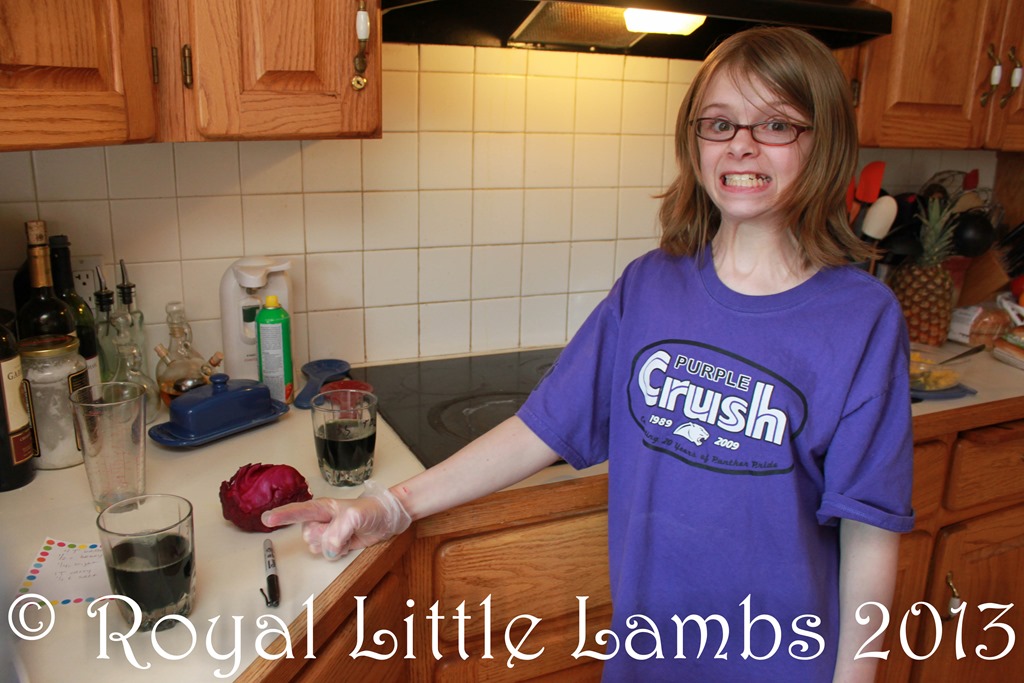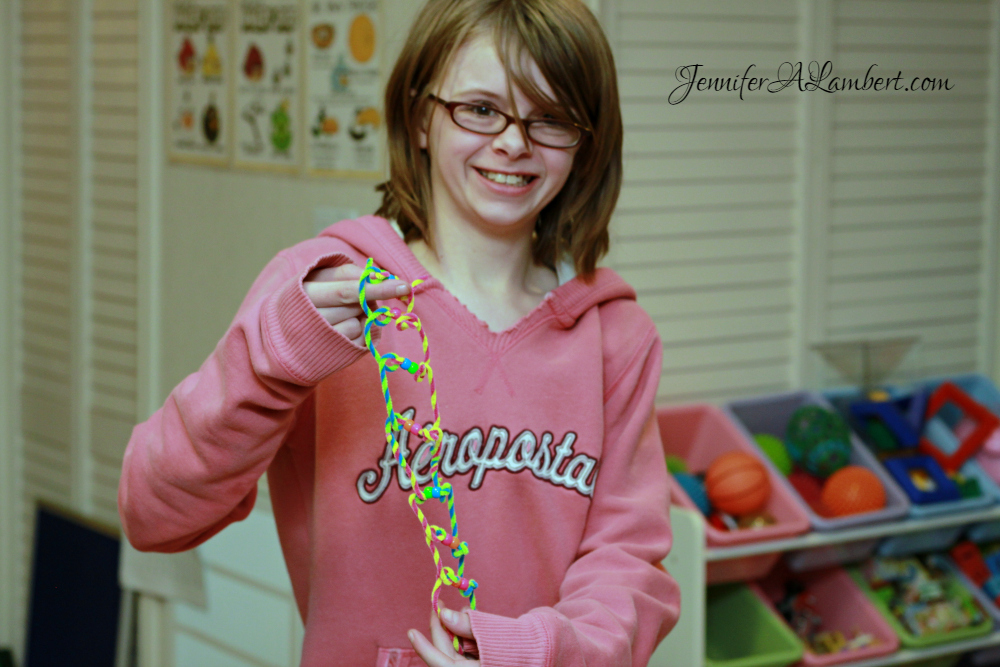Middle school, or junior high, is a transition time – between elementary and childhood, high school and college prep.
It’s awkward and gawky and uncomfortable, both physically and emotionally. For the kids and for me!
I loved teaching 8th grade, many years ago now. It was so exciting to see the kids change from the first day to the last day. And I love seeing my students all grown up and starting their own families and teaching their own classes!
Homeschooling was a huge switch for me. I went from teaching teens and adults to teaching a 5 year old, then my babies. As they grew, I became more comfortable. I grew with them, learned with them. We all adapted.
Having my kids reach middle school is so much fun for me. I tease them: you’re in my world now. I know this. I got this. We’re gonna do this right.
The kids know I was totally out of my element teaching preschool and elementary. We laugh about it now. I learned to love it, but I absolutely adore teaching middle and high school.
I love having my tweens and teens home with me. I love discussing history and literature and science and art and music, and even math. I love seeing the connections and assimilation going on from all the topics and travels and years I’ve taught them. I love still reading aloud to them.
I love the sudden fierce hugs. I love watching their bodies grow full and strong, giving me a glimpse into the adults they will soon be. I giggle that they’re all becoming taller than I am! I love hearing about their sports events and art and what they found in the woods. I love that they still show me rocks and flowers and worms and cicada shells.
They’re still so much children but they’re becoming so responsible and big. I desperately want to protect them while realizing I must fall back little by little and let them learn their own path.
I was horrified by a conversation I had the other day where a lady described her son’s harsh transition into middle school. He was suddenly completely responsible each day for turning in his work in the correct tray, completed, on time. There were no reminders or anything. I gave multiple reminders to my kids, even my college students! This is just ridiculous and sets kids up for failure. Her son’s As and Bs turned to Ds and Fs. Without an IEP, there was no assistance from the teacher or support from administrators. This is not the real world!
A master teacher, rather than pushing pupils toward independence, supplies them instead with generous offerings of assistance. A master teacher wants her students to think for themselves but knows the students cannot get there if she resists their dependence or chastises them for lacking maturity. Her students are free to lean on her without any sense of shame for their neediness.
Hold On to Your Kids: Why Parents Need to Matter More Than Peers by Gordon Neufeld and Gabor Maté, MD
Middle school need not be a scary age to navigate or teach.
It’s important as parents, we understand the changes our kids go through at this age. We must be supportive and patient. We must remember what it was like for us at that age.
Adolescence is a critical time for brain growth. Thinking become less concrete and more abstract. Hormones and body changes are awkward. Critical thinking is more advanced. Short term memory may be compromised as everything tears down and redevelops.
I highly recommend the books by Louise Bates Ames. A good guide to follow is What Your 6th Grader Needs to Know: Fundamentals of a Good First-Grade Education by E.D. Hirsch, Jr.

I still read aloud every morning and evening. We go on lots of family hikes. We go out for ice cream and slushies a lot and this is a great time for conversation. We have dinner together at home as a family every night.
It becomes more and more difficult to find interesting and wholesome activities for older kids and teens in our society. It becomes narrower for homeschool kids. Even school kids mostly do sports.
Most states don’t allow paid employment until after age 14, and most of those jobs are pretty undesirable. We’ve found the minimum age for many volunteer opportunities is 15 or older.
The town library closes at 5 PM on Fridays and it’s a big joke in our family that there is nothing wholesome to do.
I constantly shift our priorities as interests change.

Our Middle School Curriculum
6th Grade
This is a huge transition year for most kids – in schools and with homeschooling. For us, dialectic work begins. There’s lots more writing, questions, critical thinking. My kids expand their interests: dug deeper and explored new things!
- Singapore Math 6
- Life of Fred Intermediate
- Tapestry of Grace Year 2 – history, geography, literature
- Notebooking
- Latin
- French or German
- Spelling Workout G
- Apologia General Science and lots of unit studies
7th Grade
This is one of my favorite years. My kids constantly surprised me with their interests, abilities, and minds. Their intelligent, thought-provoking questions encouraged me to be more honest and authentic. We all made lifestyle changes for improvement.
- Singapore New Elementary Math
- Life of Fred Pre-Algebra
- Tapestry of Grace Year 3 – history, geography, literature
- Notebooking
- Latin
- French or German
- Spelling Workout H
- Apologia Physical Science
8th Grade
My kids began to earn high school credits. We transition from dialectic level to rhetoric level work. It’s amazing to look back on the changes since 6th grade!
- Videotext Algebra
- Life of Fred Algebra
- Tapestry of Grace Year 4 – history, geography, literature, government, philosophy
- Notebooking
- French or German
- Latin, Greek, or Hebrew
- Apologia Biology
These few years between elementary and high school are crucial to having a great relationship with my kids when they’re older teens and young adults.
You ought to give him a taste of freedom while he still thinks it’s yours to give. ~Outlander
I give them more space, freedom, privacy. I encourage discussion about academics, religion, sex and culture, current events, their interests, their lives.
I still remember them as rambunctious babies, toddlers, youngsters…and now they’re growing up into these wonderful young adults.






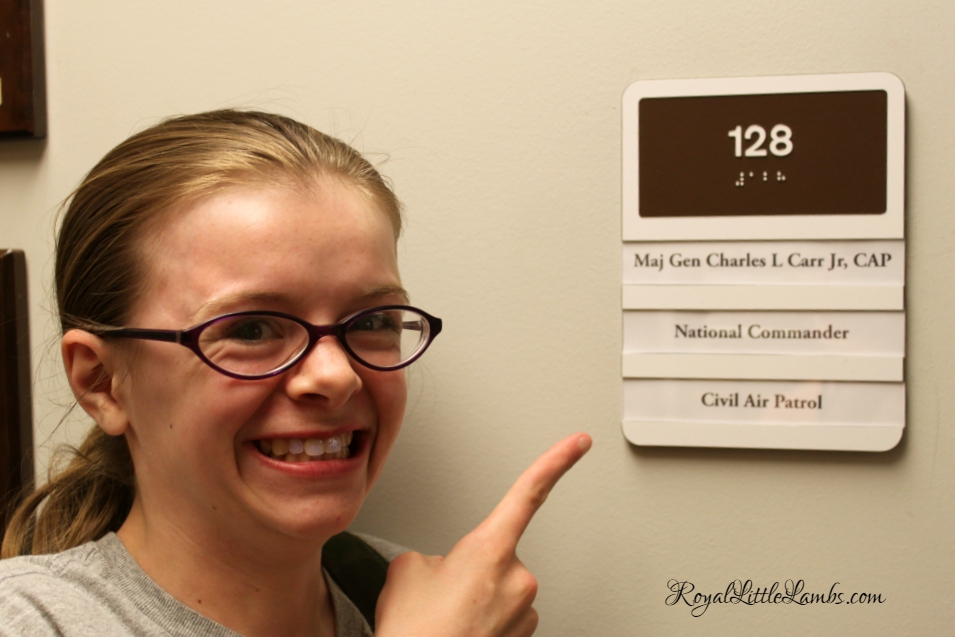
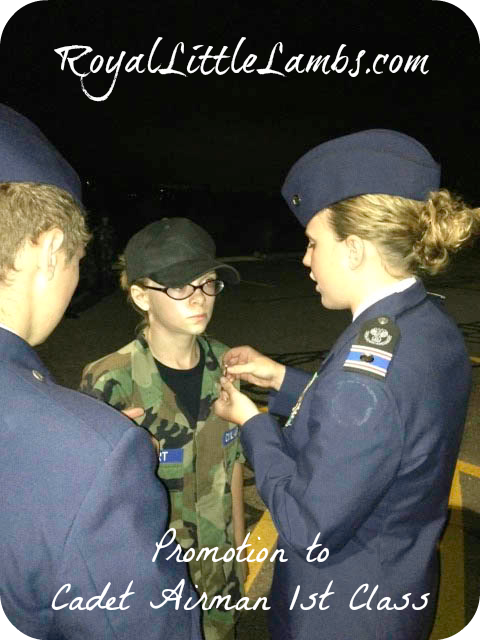

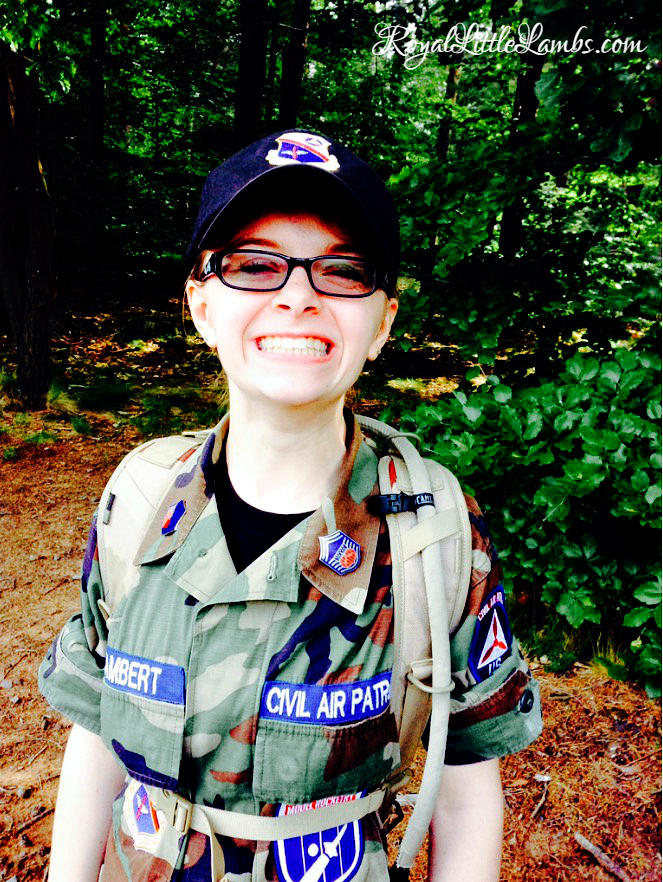
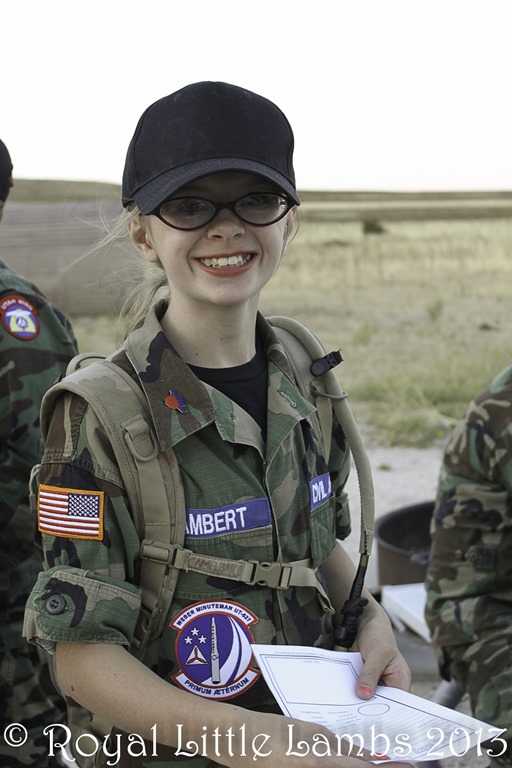
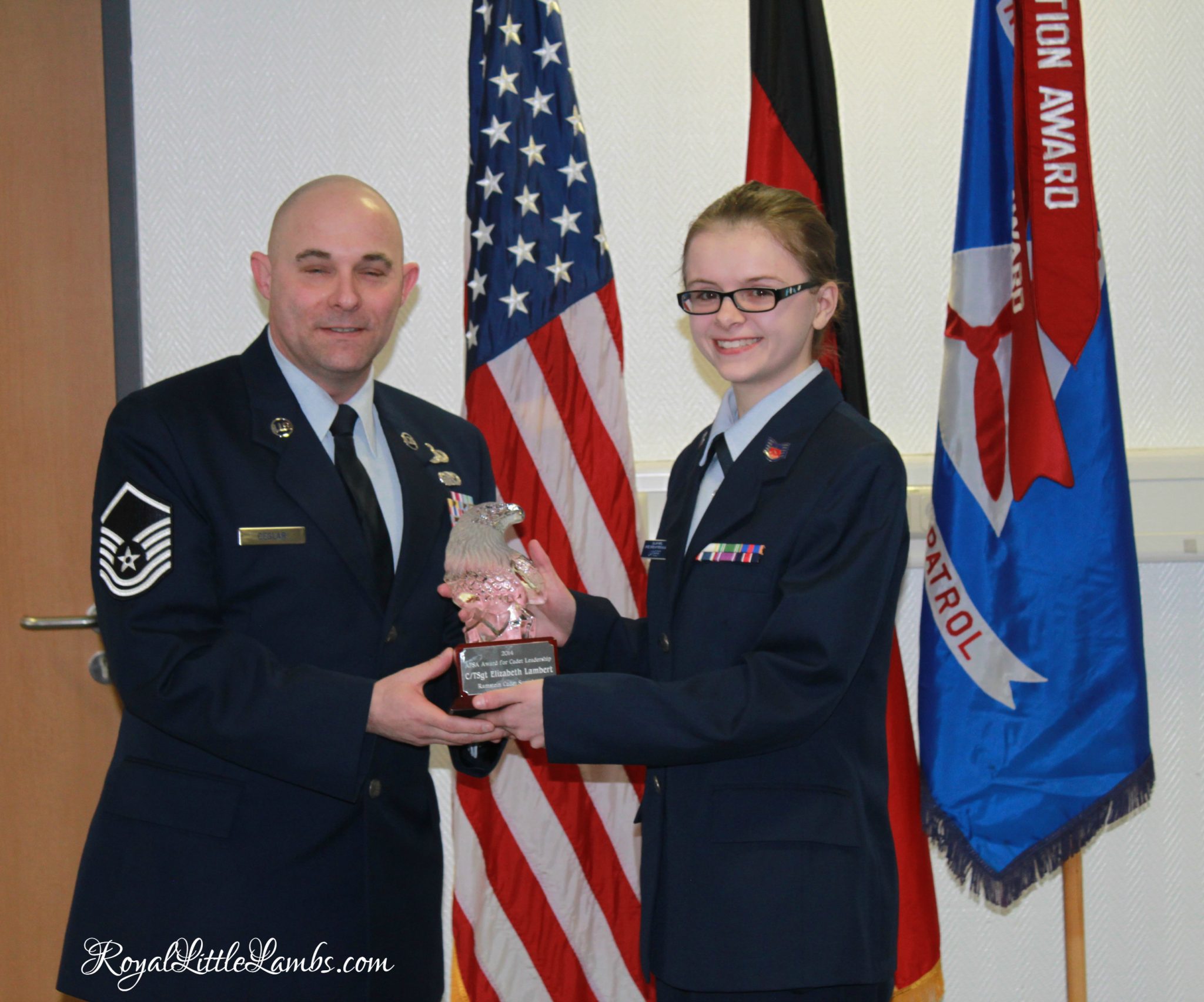

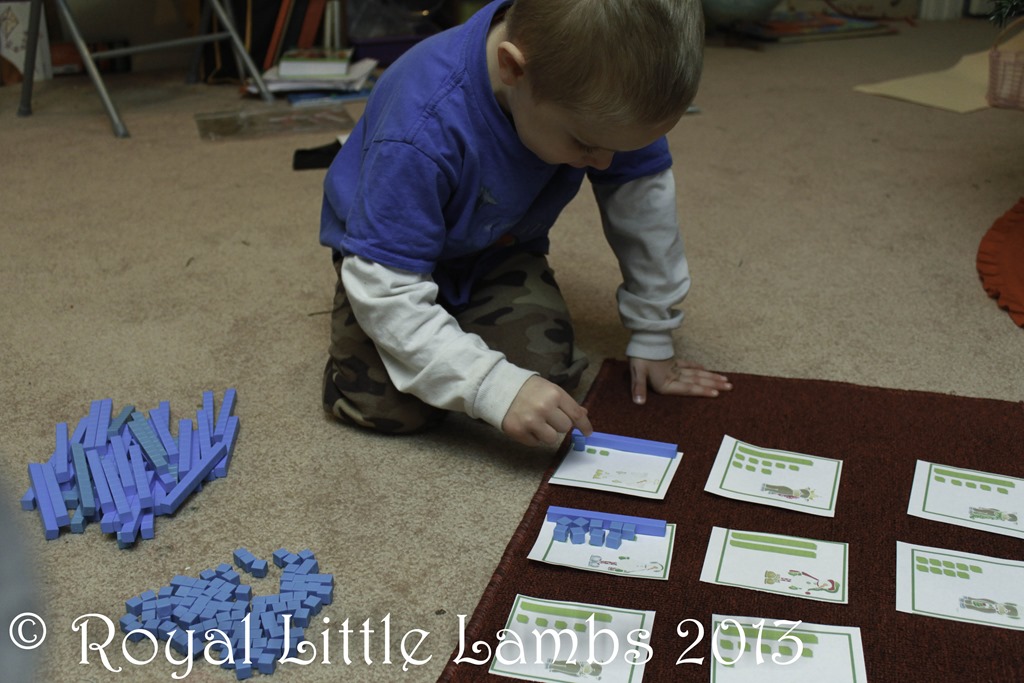

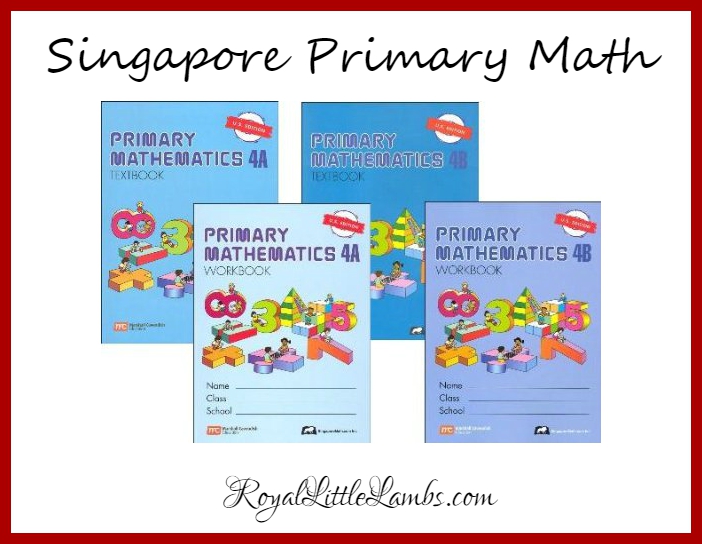
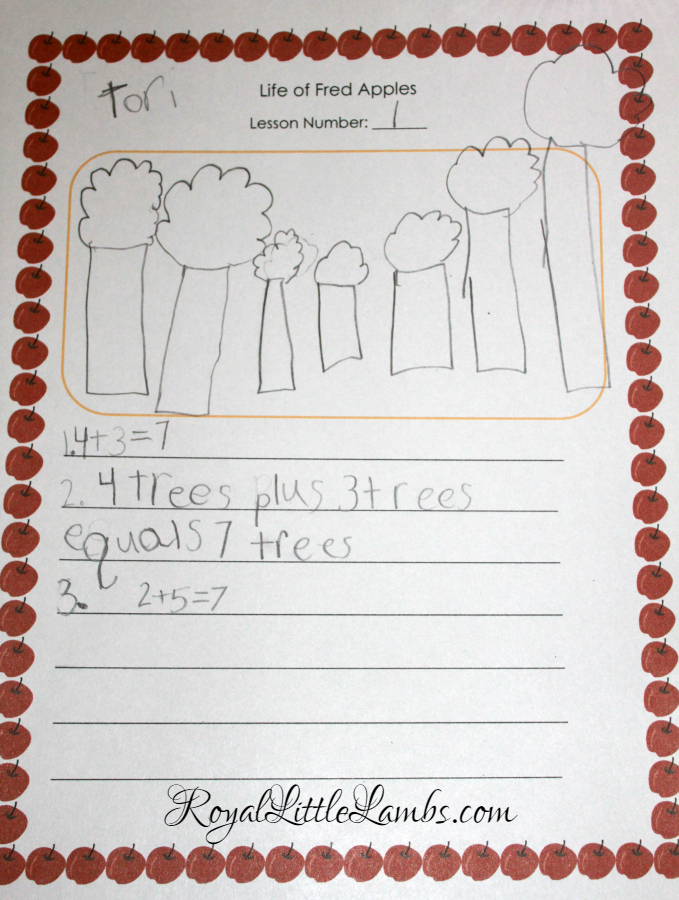
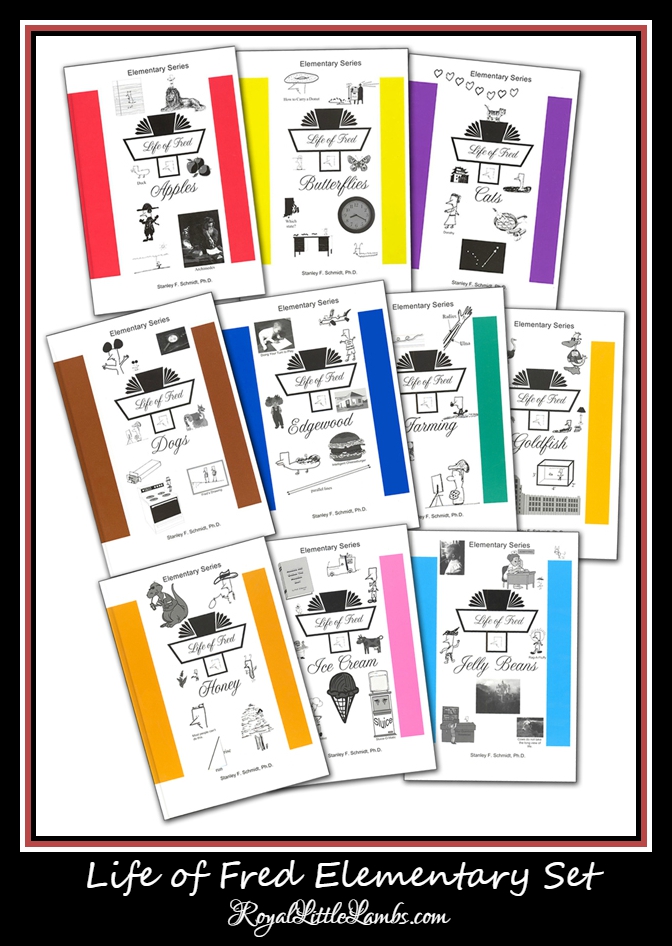





 Liz liked the simple experiments. Even when they go wrong {or Mama doesn’t have the correct type of toilet bowl cleaner, sigh}
Liz liked the simple experiments. Even when they go wrong {or Mama doesn’t have the correct type of toilet bowl cleaner, sigh}